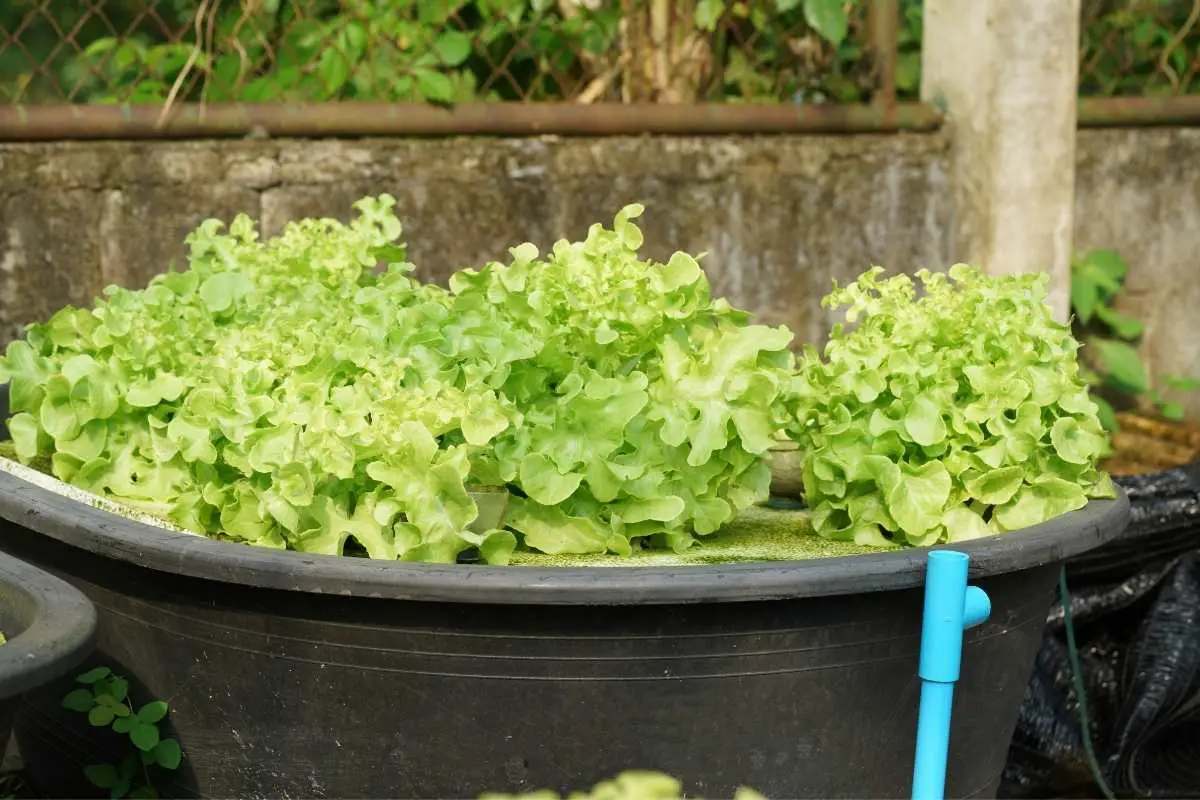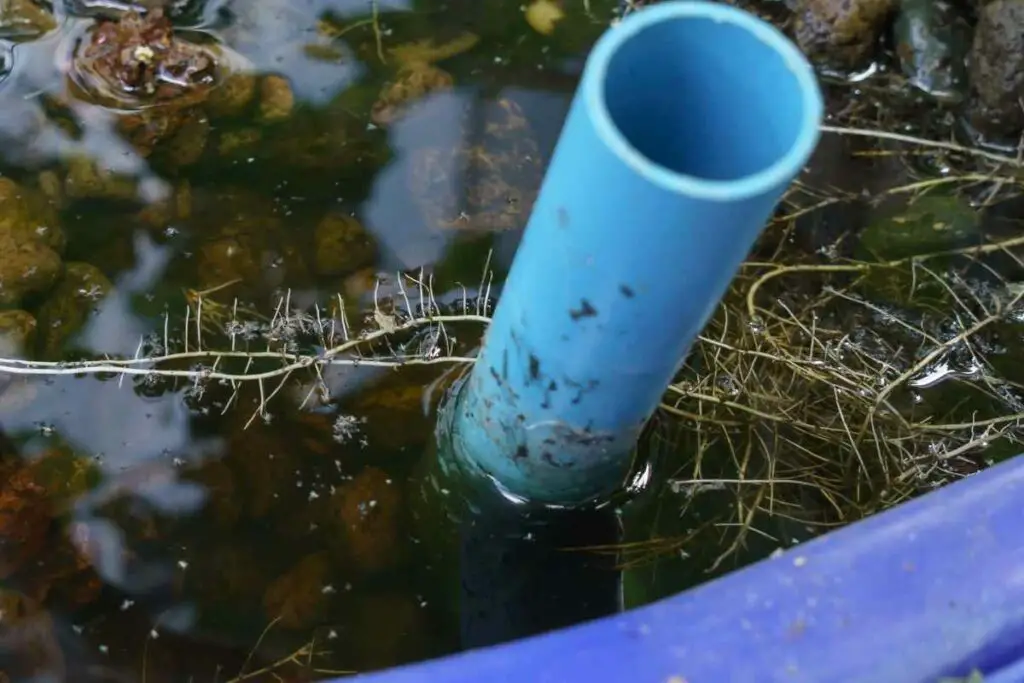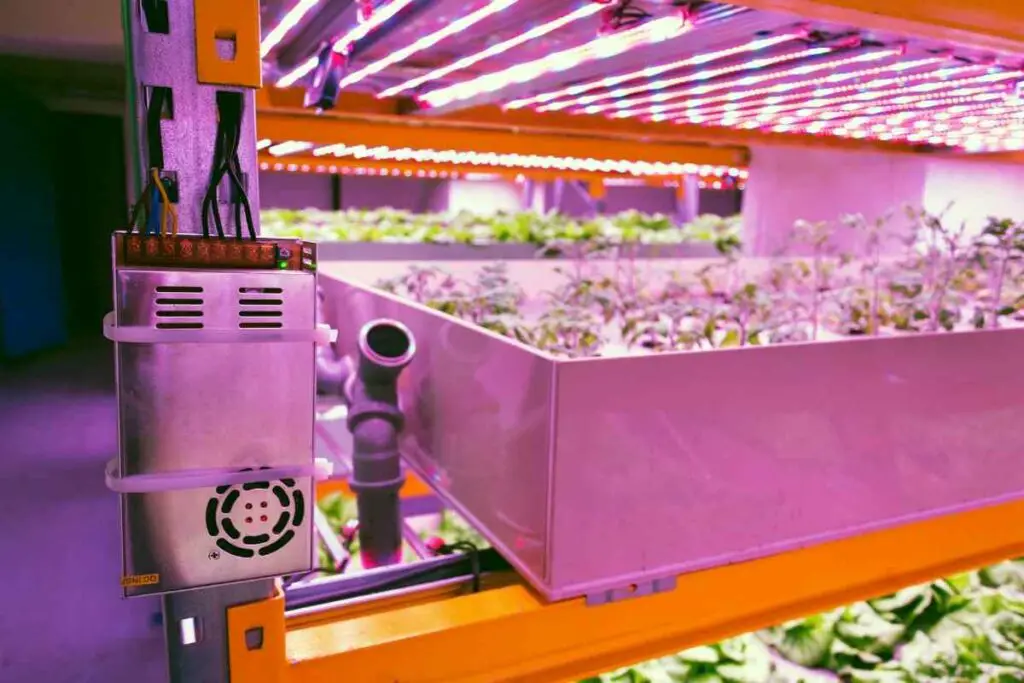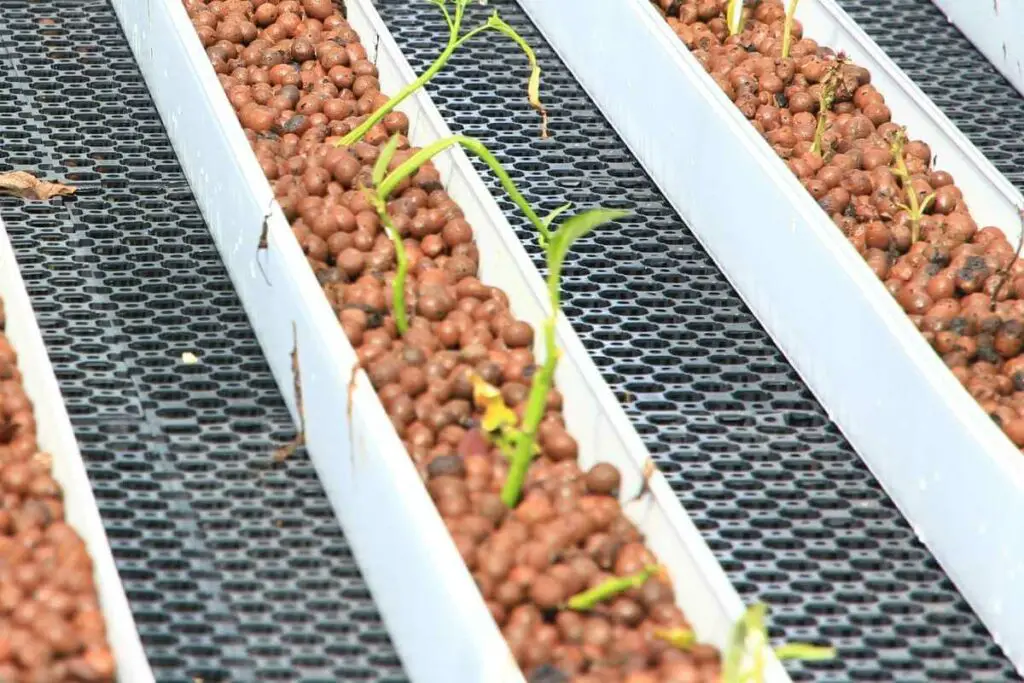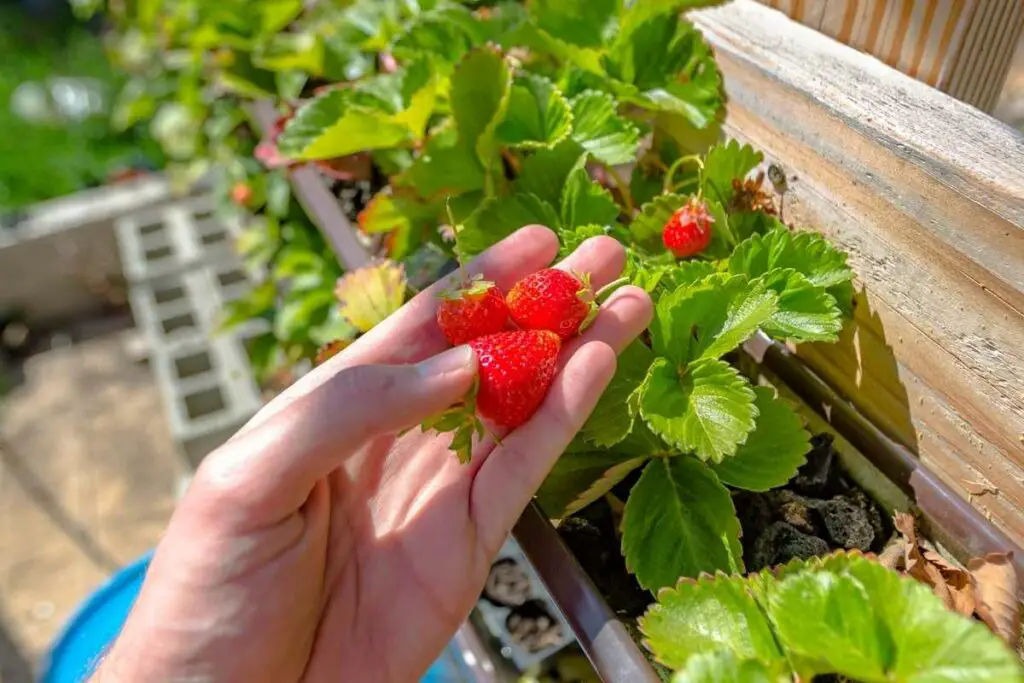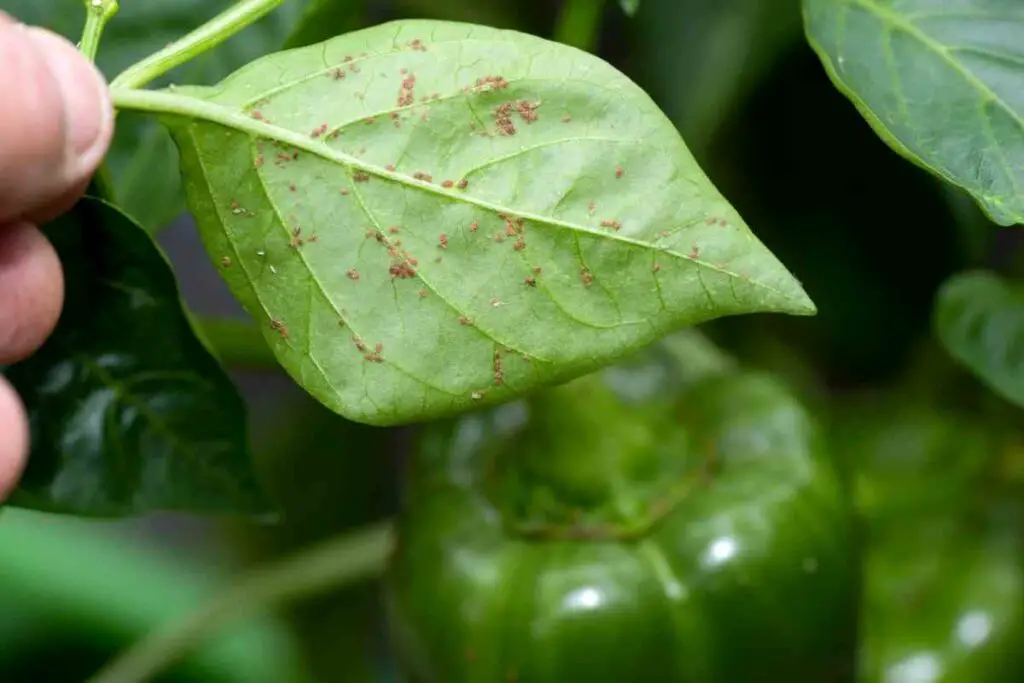One of the most vital elements in an aquaponics system are nitrates. Specifically, it’s formation and absorption play a key role in keeping plants and fish healthy.
From a chemistry perspective, a nitrate ion has one nitrogen atom bonded to three oxygen atoms. It has a single negative charge and the most oxidised form of nitrogen.
Nitrate Levels in More Details
This means that your crops and fish can get oxygen from nitrates under anaerobic conditions.
Unlike ammonia, nitrates are harmless to fish:
- They’re easily absorbed by plants and improve metabolism.
- When plants and animals process the nutrients and release wastes, it decomposes and turns into a ‘fertiliser’ for your crops.
Despite its numerous benefits, nitrate has its disadvantages, especially when applied excessively.
For instance, small aquaponic systems usually find it challenging to balance the rate of nitrate consumption against its production.

If that is the case, your plants will suffer the effects of absorbing too much, and fish are also likely to experience health issues.
So, how do you determine the right aquaponic nitrate levels?
In reality, different experts have varying opinions on how much nitrate an aquaponic system needs to be considered healthy. Some people like it when the concentration is slightly above zero.
Different Strategies: Others apply up to 50 parts per million so that they never worry about nitrate deficiency during the growing period. That said, the average levels usually don’t go beyond 20 parts per million.
Monitoring and Adjusting Aquaponic Nitrate Levels
The best way of measuring the concentration of nitrates in your system is by using six-in-one testing kits that are available in most aquaponic dealers both physically and online.
Besides showing the nitrate levels in your garden, you’ll also know:
- the alkalinity
- chlorine levels
- nitrite levels
- pH
- water hardness
Ideally, you should do such tests after every three days or twice weekly.
Testing nitrate levels is particularly important because the adverse effects of this nutrient aren’t as conspicuous as those of ammonia and nitrites.
Your fish will grow and reproduce at a slower rate, and they’ll be more susceptible to diseases. For plants, they’ll still be ‘hungry’ for more despite the excess intake of nitrates.
Sometimes, though rarely, your plants might fail to consume the nitrates in your garden.
The result of this is excessive build-up of nitrates to a level that can kill your fish by suppressing their immune systems.
Luckily, you can easily regulate the nitrate levels in your aquaponics system using the following methods.
- Reducing food servings
- Changing your water
Reducing Food Servings
All forms of nitrogen in your aquaponics system, including ammonia, nitrites and nitrates, come from the food you provide to your plants and fish.
If you want to reduce the concentration, you need to keep a check on the amount of feed you give.
However, you also need to be careful so that you don’t underfeed your fish.
Quick Tip: For the best results, make the transition gradual.
Changing Your Water
Nothing is as cumbersome as draining your aquaponics system, no wonder no farmer wants to go through with this task.

It’s even more challenging when your system doesn’t have an integrated water exchange mechanism, which is the case with most small-scale systems.
When your water has excessive amounts of nitrates, the only way to save your fish and plants is replacing it.
To avoid this being a repetitive task, ensure that you also adjust your feeding schedules as mentioned above.
Maintaining Nitrate Levels
Once you have increased or lowered the nitrate concentration in your aquaponics system to the recommended levels, another challenge lies ahead – keeping them consistent.
Here are some tips on how to keep your nitrate levels optimal for healthy plants and fish.
- Add more plants – when you add more crops, it’s highly unlikely that your nitrate levels will go beyond the ideal levels. This is because plants consume these nutrients at a higher rate than it is produced.
- Use alternative nutrients – although nitrates are essential for plant growth, you can combine them with other non-nitrogen minerals to avoid excessive application. Such include iron, magnesium, potassium, and other nutrients that aid crop development.
- Increasing lighting – light improves metabolism, meaning that your crops will process nitrates faster and keep them at a constant level.
Final Words
Getting there takes time and a lot of regular tests, but once you achieve the right balance of nitrate levels in your aquaponics system, you’ll enjoy numerous benefits.
First, your crops and fish will grow healthily and you can reap massive profits by selling them.
Even better, you’ll save lots of money that you would’ve spent getting these foods from a third party.
Lastly, it’s vital to consider other vital nutrients besides nitrates. Remember that your crops and fish also need elements like iron, zinc, calcium, and so on to support other bodily functions.
